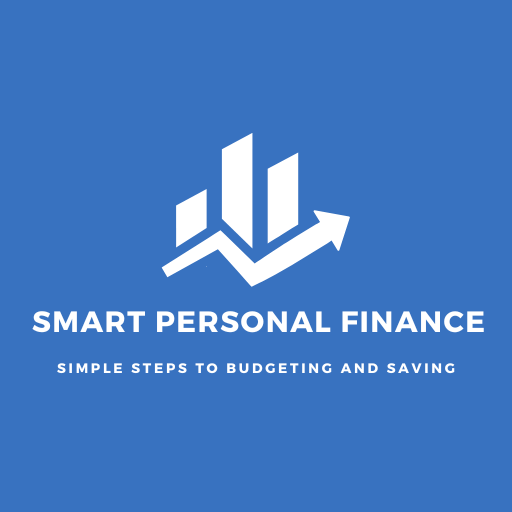Creating a monthly budget is like building the foundation for a sturdy house—it provides the framework for your financial stability and future success. Budgeting might not sound like the most exciting task, but it is an essential skill that empowers you to take control of your finances and achieve your goals. So, whether you’re a recent graduate embarking on your adult life, a young professional looking to make the most of your income, or someone aiming to get a grip on their spending, this guide is your compass to navigating the world of personal finance with confidence.
Understanding the Basics of Budgeting
A budget is a simple plan that outlines your income and expenses over a specific period, typically a month. It’s about consciously deciding how much you’ll spend or save, ensuring you live within your means and work towards your financial aspirations. The beauty of budgeting is its adaptability; it’s not a one-size-fits-all approach but a personalized strategy tailored to your unique circumstances.
Step 1: Tracking Your Income
The cornerstone of budgeting is knowing your monthly income. This includes your salary, investment returns, rental income, or any other regular earnings. Understanding your total income is crucial as it forms the basis for your spending and saving decisions. Use a notebook, spreadsheet, or budgeting app to record your income sources and total monthly earnings.
Step 2: Identifying Fixed and Variable Expenses
Expenses are the heart of your budget. Categorize them into two types: fixed and variable. Fixed expenses are consistent, like rent, mortgage, insurance premiums, and subscription services. Variable expenses fluctuate, including groceries, entertainment, dining out, and clothing. Analyzing your bank and credit card statements for the past few months can help you identify these expenses and calculate average monthly amounts.
Step 3: Setting Realistic Spending Limits
Now that you have a clear picture of your income and expenses, allocate specific amounts for each spending category. This ensures that you don’t overspend in any area. Start with the essentials (housing, utilities, transportation) and work down to discretionary expenses (entertainment, dining out). Being realistic is key. A budget that’s too restrictive will be hard to follow, but being too lenient might defeat the purpose.
Step 4: Incorporating Savings and Investments
Budgeting isn’t just about covering expenses; it’s also about planning for the future. Allocate a portion of your income to savings, which could include emergency funds, short-term savings for vacations or a new car, and long-term investments like retirement plans. Aim to make savings a priority by treating it as a non-negotiable expense.
The benefits of monthly budgeting extend beyond financial stability. It promotes financial awareness, curbs overspending, and provides a sense of security. Moreover, it allows you to plan for major purchases, investments, or life events without derailing your financial health.
In the digital age, numerous tools and apps are available to simplify the budgeting process, from basic spreadsheets to comprehensive budgeting software. These tools can automate and streamline your budgeting, making it easier to track your progress.
In conclusion, monthly budgeting is a powerful tool for achieving financial success. It empowers you to understand your money, make informed decisions, and work towards your goals. With a well-planned budget, you can take charge of your finances, reduce stress, and create a brighter financial future. Remember, budgeting is a skill that improves with practice, and the rewards are well worth the effort. Get started today and watch your financial dreams come to life!


